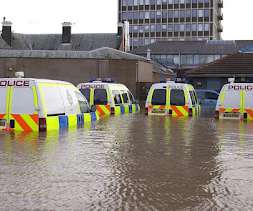How Transportation is Vital in Emergency Management and Business Continuity
CCEM Strategies
OCTOBER 16, 2023
Transportation plays a key and invaluable role for company operations and is a vital element of emergency management. The consequences suffered when transportation services and infrastructure are impacted by a disaster are far reaching. And we can customize a plan appropriate for your business and potential emergencies.














Let's personalize your content